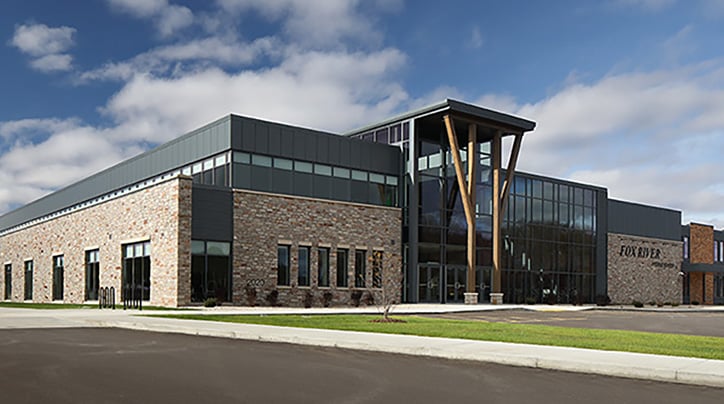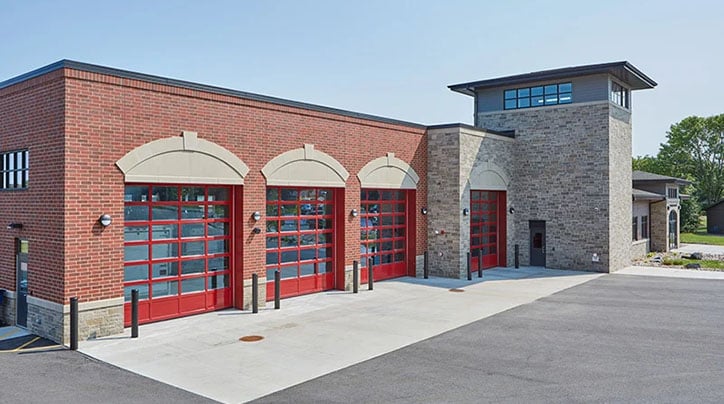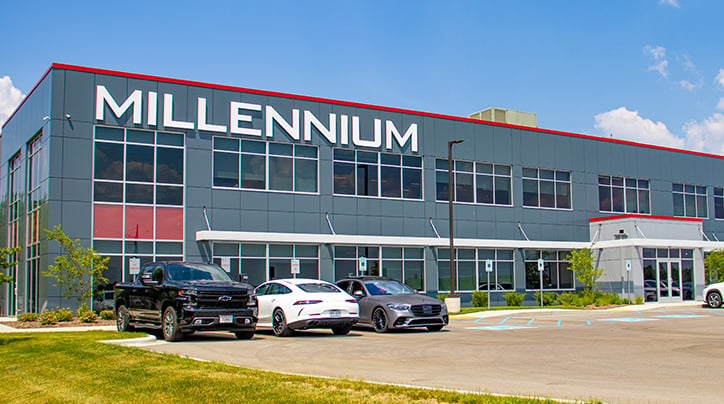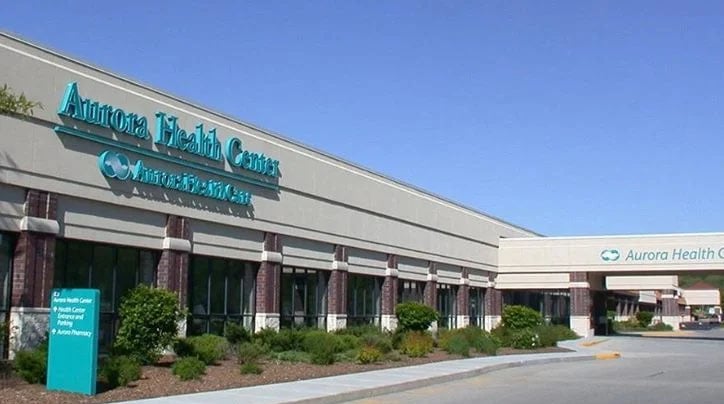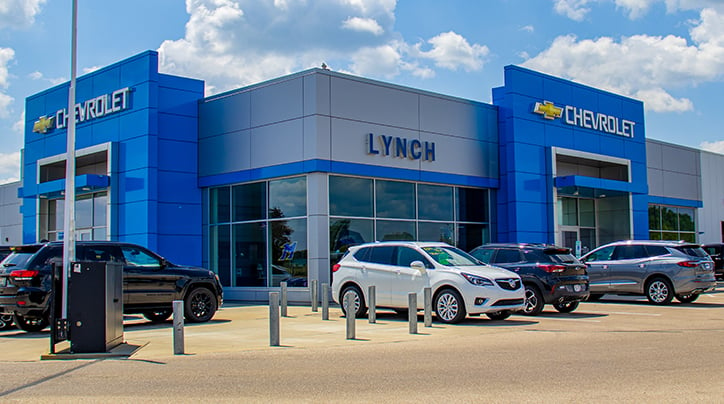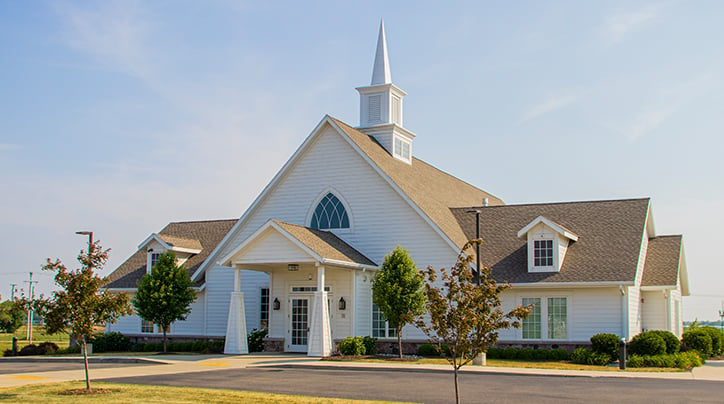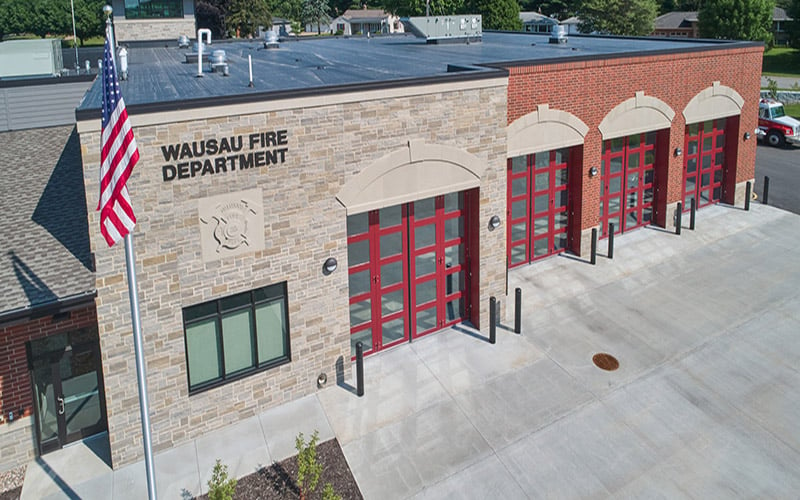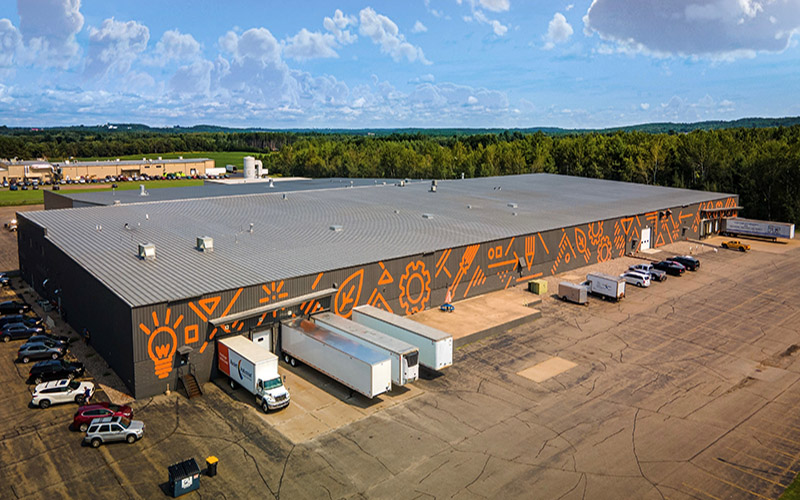Wisconsin Construction Company
Building with Integrity
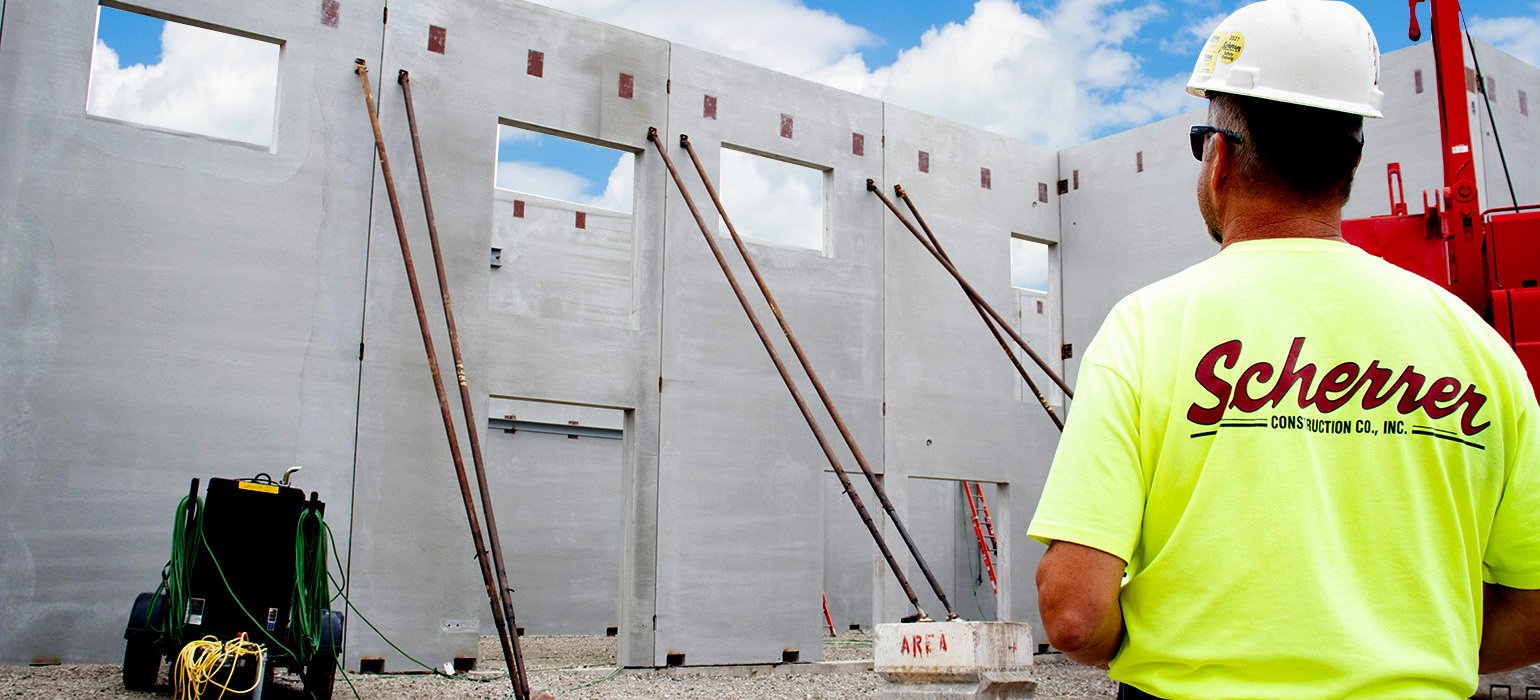
Delivering Quality Commercial Construction Across Wisconsin
MARKETS WE SERVE
FEATURED PROJECTS
Experience Quality in Every Build
Inspiring Projects Built with Integrity

Crafting Legacy, Constructing Your Future
With over nine decades of service, Scherrer Construction has successfully executed thousands of projects, leaving a lasting legacy of quality and satisfaction among a multitude of delighted clients.

Strong Partnerships Across Wisconsin
We have built strong partnerships with businesses, schools, and municipalities throughout Wisconsin through our exceptional projects since 1928.
Dedicated Team of Construction Professionals
Our team of experienced professionals is dedicated to providing top-notch construction services. We take pride in delivering high-quality workmanship and exceptional customer service to our clients.
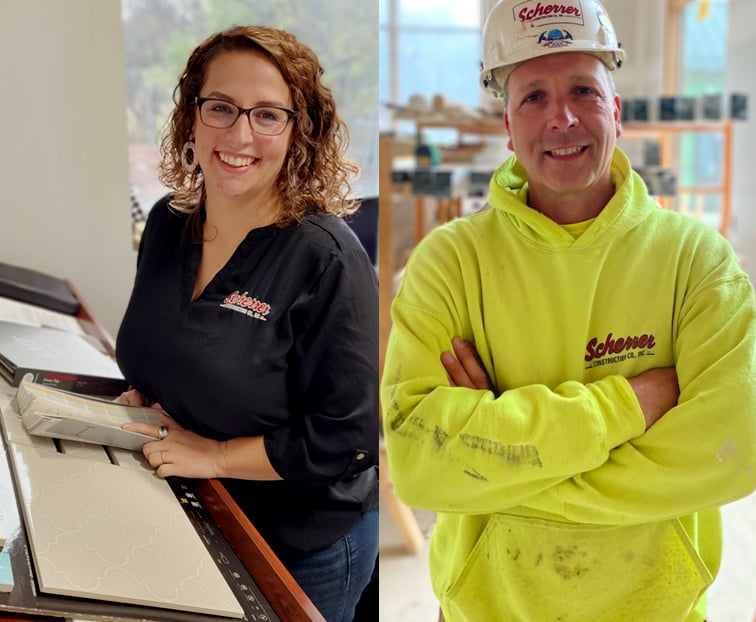
SCHERRER CAREERS
Build Your Career
at Scherrer Construction
As a Scherrer employee, you're part of a family building with integrity since 1928. Whether you're a project manager, craftsman, or estimator, we offer an empowering environment that fosters growth, innovation, and a shared commitment to excellence.
Join #teamscherrer and build a rewarding career.
RESIDENTIAL DIVISION
Build your Dream Home with Scherrer Custom Homes
With 95 years serving Wisconsin's home builders, Scherrer Construction transforms visions into exquisite custom homes, blending timeless craftsmanship with modern design for unparalleled living experiences.
YOUR WISCONSIN COMMERCIAL CONSTRUCTION PARTNER
Scherrer Construction serves Madison, Milwaukee, Green Bay, Kenosha, Racine, Appleton, Waukesha, Eau Claire, Oshkosh, Janesville and the whole state of Wisconsin.

